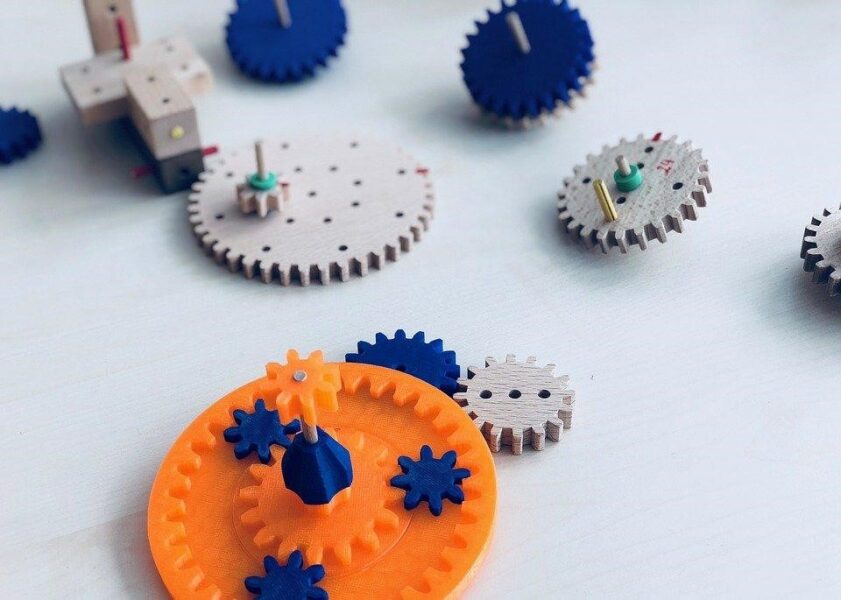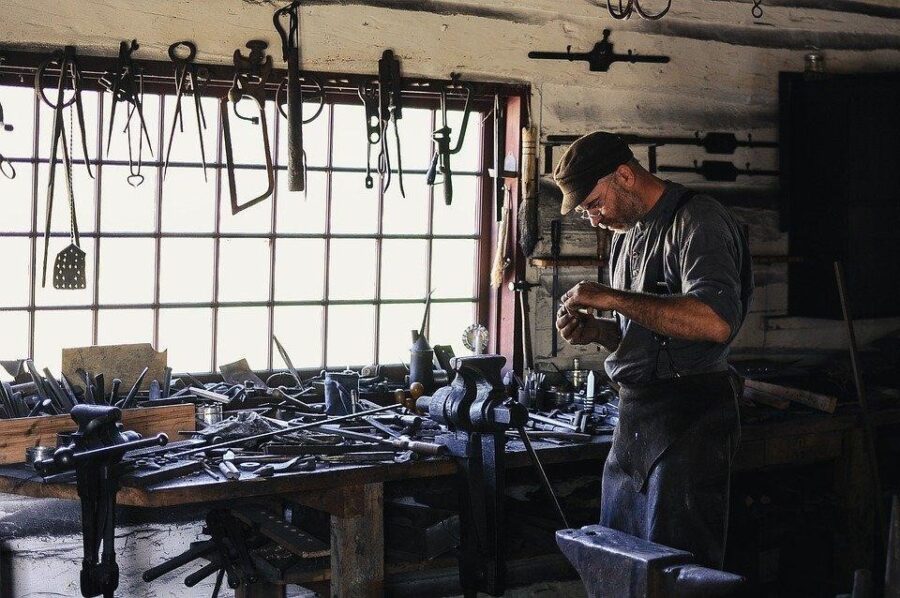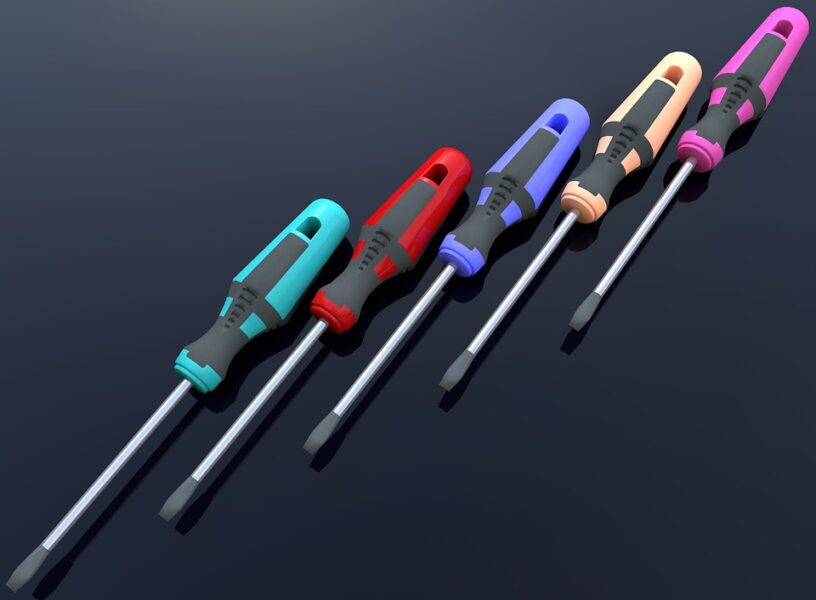From the bumpers of your car to the toothbrushes in your bathroom, people use plastic overmolding to create a single item by combining two or more materials. If you’re reading this, you have probably heard about it. However, what is it? What is overmolding?
When it comes to modern manufacturing, plastic overmolding plays a huge role. It helps in quickly creating a product by combining various materials.
Though a lot of manufacturers use this process nowadays, there are still a lot of questions about it. Is it sustainable? Can it help you? Are there risks involved? Today we are going to find out.
Continue reading below to learn everything you need to know about overmolding.
What is Overmolding?
First of all, what is overmolding?
Well, for those who don’t know, overmolding is a special injection molding process that leads to a seamless combination of several materials into one product or part.

The process involves creating a single material by combining two or more materials via molding. If you want to know more about the overmolding injection process, you need to know the two categories of materials manufacturers use in the process. These materials are called the substrate and the overmold.
So, what are the substrate and overmold? For those who don’t know, the substrate is simply the base material. On the other hand, the overmold is the materials that manufacturers mold on the substrate. Depending on the creativity of the manufacturer and the product they want to create, they can use two or more overmold.
Types of Overmolding Processes
Overmolding is a complicated process, which is why there are different types that cater to different needs and functions.
Here they are:
Co-Injection Molding
Co-injection molding is perhaps the hardest and most expensive type of overmolding. In addition to that, this type of molding process is also different from the others. The reason for this is that it needs the injection of the elastomer and the substrate into the same mold. Co-injection molding also requires compatible materials for it to be effective.
While it’s the most difficult process, it is also the best when it comes to the quality of the result. The reason for this is that all the materials are in the same molten condition.
Two-Shot Molding
Two-shot molding is an overmolding process that requires manufacturers to utilize two injection molding machines. First, the manufacturer will have to inject the hard segment. Then, they will inject the elastomeric mold into the injection molding machine.
The heated substrate that the manufacturers use is always in a gel or semi-solid state. The manufacturer can also model the design of the mold.
Insert Molding
Insert molding is the ideal type of overmolding when it comes to molding rigid plastic or elastomers. It’s the ideal type since it is more affordable. It is also easier compared to other types. In this process, the hard segment is first separated into tools before the manufacturers inject the soft materials.
In insert molding, manufacturers also use elastomers as an adhesion bond. This can be in the form of chemical locks, mechanical bonds, and more. The manufacturer will have to heat the elastomer at the correct temperature for chemical adhesion to take place.
They will have to do this to heat the hard surface of the segment. Keep in mind, though, that if you were to try this, it’s best that you use protective goggles to keep your eyes safe. It’s also wise to use wash your hands every after you do molding to cleanse your hands from dirt or any debris that might have stuck to your hands. You can also use a hand sanitizer if there is no water available.
Considerations to Make when Choosing Overmolding
There are infinite options you can consider when you want to use overmolding. You can use it to change the surface of parts or a particular product. You can do this by adding varieties of functionality, color texture, and a lot more.
However, before you proceed with your overmolding project, there are a couple of things you need to consider. This includes the condition of the overmolding process, preparation and handling of materials, selection of machines, and more.
Is Overmolding Sustainable?
Plastic overmolding isn’t sustainable since we are using plastic in general. Aside from that, it generates a huge amount of waste as well. Fortunately, there are a lot of overmolding providers today who are turning to eco-friendly machines and processes.

Benefits and Drawbacks of Overmolding
There are a lot of benefits you can get with plastic overmolding. First, plastic overmolding products guarantee correct alignment.
It can avoid loosening the various parts. This boosts the overall structure and strength of the product. Aside from that, plastic overmolding also improves the possibilities of design by offering a chance to utilize multi-material parts.
When it comes to production, plastic overmolding gets rid of the bonding step. It also lowers secondary operation. This can have a huge influence on labor expenses. For instance, in the car industry, it can get rid of the need for injection molding and assembly for parts such as bumpers or gaskets.
There are drawbacks to plastic overmolding as well. Manufacturers will have to buy molding tools to make the moldings. These tools are quite expensive. Thus, they will require an initial investment.
Is Overmolding Ideal for Your Project?
Overmolding is ideal for a lot of applications. However, you need to weigh a couple of factors before you figure out if it is the ideal solution.
This includes the volume of production, equipment budget, materials selection, product design, and more.
However, you can easily navigate the benefits and drawbacks of using overmolding on your project if you work with a professional custom injection molding company. They can work with you to help you make the right decision for your bottom line.
Conclusion
Overmolding is a useful and popular process. However, you need to know how it works for you to use it properly.
The things mentioned above are some of the aspects you need to know about overmolding in general. If you want to learn more, you should work with a professional overmolding company for help.

